WHY DO WE STILL TEST ON ANIMALS?
Despite ethical and cruelty issues, nonhuman animals are nevertheless widely employed in pharmaceutical, cosmetic, and other research operations across the world. While public knowledge of the horrors of animal testing and experimentation is expanding, it remains one of the world's most clandestine businesses. Nonhuman animals have been abused, tormented, and slaughtered in the name of study for decades. Despite this, most of the world's populace has little to no knowledge of what goes on behind laboratory doors.
Why are animals used for tests?
Industries that conduct such trials are frequently able to do it in secret, and there is no oversight or ethical protection for animals. Animals are utilized in several studies, including aesthetic, pharmacological, academic, and military research. Each year, more than 115 million animals are believed to be used in research across the world. Many animal studies are performed only for scientific purposes, but others are mandated by legislation. Pharmaceuticals are a prime illustration of the latter. Before human trials, all novel medications must be tested on two animals (a rodent and a non-rodent) in the United Kingdom. Some countries, notably the United States, have recently taken measures to abandon such forced testing.
What animals are used for animal tests?
Experiments involve a variety of different animals. While most people are aware that rodents such as mice and rats are commonly utilized, many may be unaware of the great range of animals used. Examples include pigs, horses, snakes, monkeys, cows, owls, and sheep. Dogs are also common testing animals, with beagles being especially popular due to their quiet disposition.
Why is animal testing hidden?
Animal-based research is often shrouded in secrecy. While experiments are theoretically controlled, there is extremely little possibility that cruelty or welfare violations will be uncovered. Experiments are conducted behind closed doors, so the general public has little knowledge of what researchers are doing to the animals. Many companies simply do the testing they feel they need to do or are even legally required to do, but it's also true that corporations and science labs don't want images leaked from these places because people will be unhappy with how animals are tested, which can lead to protests and compromise funding.
Does animal testing work? Are there any alternatives?
Many animal studies, particularly those performed for cosmetics and some scientific objectives, are extremely divisive among the general public. Animal testing for drugs, on the other hand, is largely approved by the public and is frequently regarded as a necessary evil and vital for human treatment. However, several experts have pointed out that animal experiments for drugs are frequently ineffective and harsh. A 2014 analysis published in the British Medical Journal states, "Even the most promising findings from animal research frequently fail in human trials and are rarely adopted into clinical practice." According to Cruelty Free International (CFI), around 90 percent of drugs that deliver promising results during animal tests go on to fail in human trials.
Alternatives to animal testing, as outlined by CFI, include:
Cell cultures (where human and animal cells are grown in a laboratory)
Human tissues (healthy and diseased tissues taken from human volunteers)
Computer models (replicating aspects of the human body on a computer)
Volunteer studies (where human volunteers are studied safely due to advances in technology)




